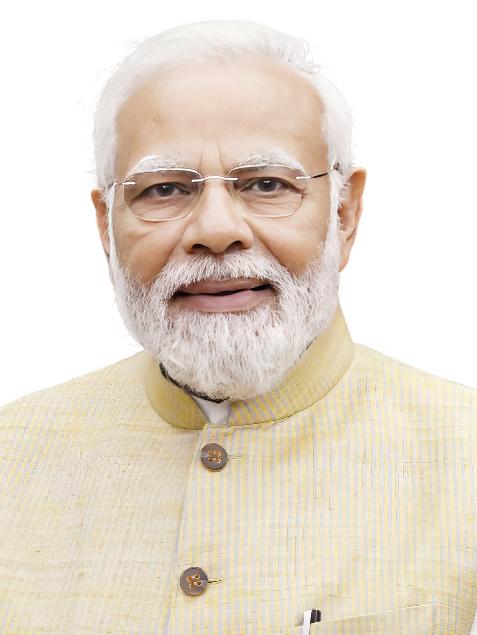Shifting Geopolitical Dynamics: India’s strategic Posture Under Modi
In the past few months, the geopolitical environment surrounding India has experienced a meaningful escalation in tensions, prompting critical reflections on the strategic choices made by Prime minister Narendra Modi’s administration. As India seeks to enhance its global influence, especially concerning its neighboring countries, experts caution against falling into an “escalation trap” that could led to severe repercussions. This article examines the intricate dynamics at play and assesses how Modi’s assertive policies might not only provoke international criticism but also threaten domestic stability. By analyzing India’s recent military actions and diplomatic initiatives, we aim to reveal the delicate balance between national pride and potential conflict in an evolving global landscape.
Deciphering Modi’s Strategic Approach to Regional Conflicts
Over recent years, Prime Minister Narendra Modi has adopted a methodical strategy for addressing regional conflicts that combines assertiveness with calculated restraint. Through efforts in military enhancement and strengthening alliances with pivotal nations, he aims to establish India as a formidable force within South Asia while mitigating escalation risks. His administration has capitalized on asymmetric warfare capabilities and fostered closer ties with both the United States and Russia to bolster India’s position against rivals. This multifaceted approach seeks to project strength without inciting direct confrontations; though, it carries the risk of entrapment in cycles of retaliation.
The narrative promoted by Modi’s government frequently underscores themes of national security and sovereignty—resonating strongly with domestic audiences. By portraying conflicts as existential threats, this strategy garners public support for military initiatives while advocating for measured responses aimed at avoiding full-scale wars. Key elements influencing this strategic calculus include:
- Geopolitical Factors: The evolving alliances and power shifts across Asia.
- Domestic Political Pressures: Maintaining public trust and securing electoral backing.
- Economic considerations: Balancing economic growth alongside military preparedness.
the interplay among these factors creates a complex framework that shapes Modi’s regional strategy. As external provocations increase alongside rising tensions, maintaining equilibrium between assertiveness and caution may become increasingly tough—necessitating a reassessment of long-term strategic goals.
Consequences of Escalation on India-Pakistan Relations
The persistent friction between India and Pakistan carries profound implications as leaders from both sides navigate the ramifications of heightened military posturing. With Prime Minister Narendra Modi adopting an increasingly aggressive stance, the likelihood of conflict escalates significantly within this volatile context—posing several risks that could alter South Asia’s geopolitical landscape:
- Burgeoning Military Expenditures: Both nations may allocate considerable resources toward enhancing their armed forces, perhaps creating an escalating arms race detrimental to regional stability.
- Miscalculation Risks: Increased military displays elevate chances for misjudgments during encounters along contentious borders like the Line of Control.
- Civil Society Impact: Escalating tensions often fuel nationalism which can exacerbate intolerance or communal strife domestically.
- Diplomatic Fallout: Major powers may become embroiled in these disputes affecting diplomatic relations while complicating peace negotiations further.
The ramifications extend beyond mere military considerations; here are some critical areas likely affected by escalating hostilities:
| Affected Area | Plausible Outcome |
|---|---|
| Economic Relations | Deteriorating trade partnerships could adversely impact both economies involved. |
Charting a Course Forward: Recommendations for Diplomatic Engagements
Aiming to alleviate rising tensions requires all parties involved prioritizing. Establishing consistent diplomatic interactions can help reduce misunderstandings while lowering chances for miscalculations during crises.
Countries should consider implementing strategies such as:
- Utilizing Multilateral Platforms: strong > Leverage organizations like The United Nations (UN)to facilitate discussions & mediate conflicts effectively.
- Confidential Negotiation Channels: Strong > encourage discreet dialogues exploring potential agreements before making them public.
- Crisis Management Communication Lines: Strong > Set up direct lines connecting leaders enabling swift responses when crises arise.
Furthermore , establishing frameworks focused onwould be crucial towards fostering mutual trust . Collaborative projects targeting areas such as trade , environmental conservation ,and security would serve beneficially . Below is proposed table outlining possible initiatives :
| initiative | Objective | ||
|---|---|---|---|
| Joint Economic Ventures | < td enhance economic interdependence reducing hostility . | ||
| < td Address shared ecological challenges collaboratively . | |||
| < td Conduct joint exercises promoting transparency . | |||




